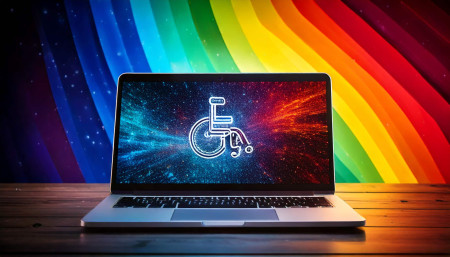What is digital accessibility?

22In essence, anything delivered through a web browser—be it a public‑facing site, a secure staff portal, an e‑learning environment or the self‑service kiosk that fuels late‑night pizza cravings—should remain usable by every visitor, irrespective of their particular abilities or disabilities.
Consider visual impairment. A page need not be perceived visually to be understood. Screen‑reader software—effectively a spoken interface for the web—converts headings, links and descriptive text into clear audio, enabling blind and partially‑sighted users to navigate content with confidence.
Motor limitations present a different set of challenges. For individuals who cannot reliably operate a mouse, trackpad or standard keyboard, voice control and switch‑based technologies provide crucial alternatives. While virtual assistants such as Siri and Alexa have normalised voice interaction, hands‑free browsing can still be frustrating: commands may misfire, focus may jump unpredictably, and essential controls may be inaccessible.
Nonetheless, imperfect access is vastly preferable to exclusion. Each incremental improvement—adding a descriptive label, ensuring keyboard focus, replacing hover‑only menus—brings us closer to a digital landscape in which no one is locked out. That, ultimately, is the goal: designing experiences that allow every person, on any device and in any context, to accomplish their tasks with dignity and ease.




